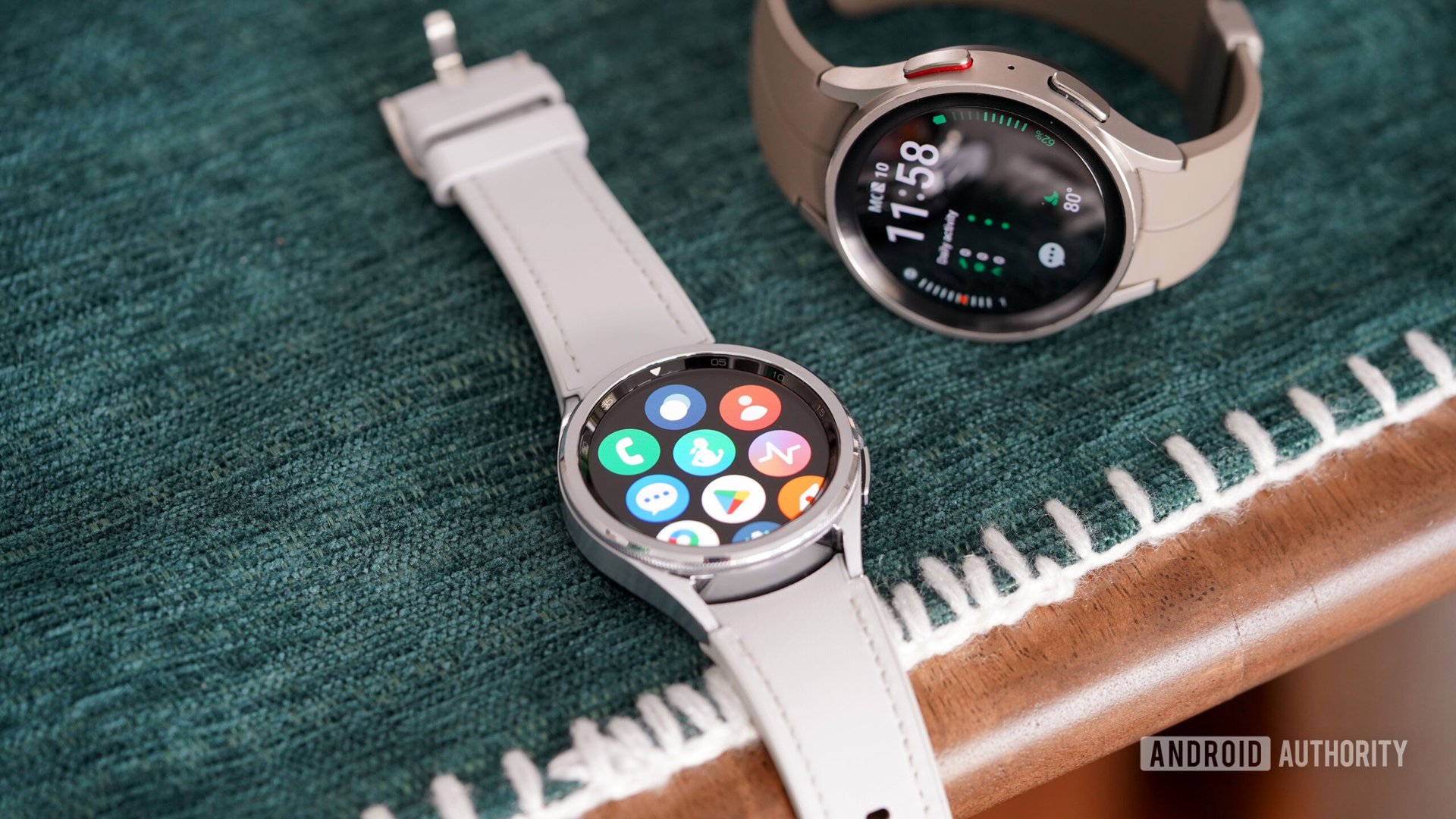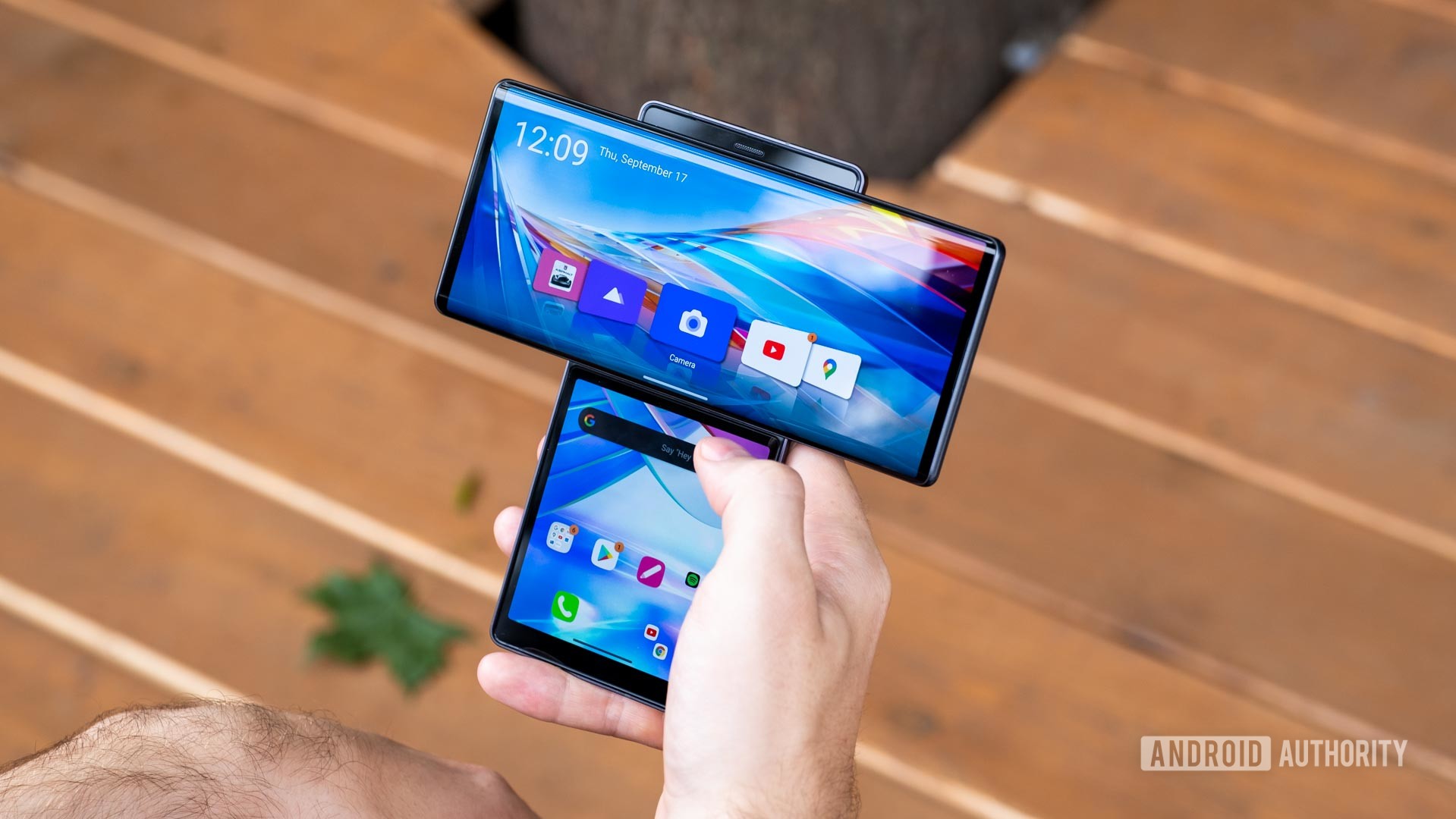How to Promote Your Mobile App on the App Store: A Complete Guide

You have therefore created a fantastic mobile app. Finding people to find it, download it, and use it presents the true difficulty now, though. Promoting your app successfully is essential if you want it to stand out from the crowd, given the millions of apps on both the Apple App Store and the Google Play Store.
App Store promotion combines analytics, strategy, and creativity. You need visibility, not only a good product. Walking you through the most successful techniques to advertise your app on the App Store, increase your downloads, and expand your user base, this complete guide will help you.
1. Start with Strong ASO
App Store Optimization Services is the foundation of any successful app promotion strategy. Think of it as SEO for your app—your goal is to appear in the top search results when users look for apps like yours.
Key ASO Elements:
-
App Title & Subtitle: Use keywords wisely. Your title should include your brand name and a clear indication of what the app does.
-
App Description: Focus on benefits and features. Use the first 2-3 lines to hook readers since they are visible without clicking “read more.”
-
Keywords: Apple allows you to add specific keywords (not visible to users) that help your app show up in relevant searches.
-
App Icon: Make it eye-catching, clean, and brand-appropriate.
-
Screenshots & Previews: Use high-quality visuals to showcase the UI and core features. Videos can increase downloads by demonstrating the experience.
Regularly update your metadata based on analytics and user feedback to keep your ASO efforts optimized.
2. Collect and Encourage Positive Reviews
User ratings and reviews have a direct impact on your app’s visibility and trustworthiness. Apps with higher ratings tend to rank better and get featured more often.
Tips to Get More Reviews:
-
Prompt users to leave a review after a positive experience (like completing a task or level).
-
Make the process simple—use the in-app rating prompt.
-
Respond to reviews to show that you value feedback.
-
Address negative reviews by fixing issues and updating users.
The more genuine, positive feedback you get, the more likely others are to give your app a chance.
3. Leverage Social Media and Influencers
Build excitement and buzz around your app by creating a presence on social platforms like Instagram, LinkedIn, X (formerly Twitter), TikTok, or Facebook.
Strategies to Use:
-
Create teaser videos, app demos, and behind-the-scenes content.
-
Collaborate with micro-influencers or niche content creators who speak to your ideal user base.
-
Run targeted ad campaigns promoting your app launch or updates.
-
Use hashtags and user-generated content to build organic interest.
Remember to align your social presence with the tone and style of your app—fun apps can be quirky, while professional tools should keep it polished and informative.
4. Build a Pre-Launch Strategy
Many app developers skip this step, but pre-launch promotion can be extremely powerful. It builds anticipation and helps you gather a core group of early users and testers.
How to Launch Strong:
-
Create a landing page with email signup to capture interested users.
-
Offer beta access to select users in exchange for feedback.
-
Create countdown campaigns and early-access promos on social media.
-
Reach out to tech bloggers or news outlets to preview your app.
By the time you officially launch, you’ll already have buzz, reviews, and maybe even a few hundred downloads to kickstart your App Store momentum.
5. Use Apple Search Ads
Apple Search Ads is Apple’s paid advertising platform that puts your app in front of users directly in search results. It’s a powerful way to drive targeted traffic, especially during launch or promotional periods.
Tips for Using Apple Search Ads:
-
Target high-converting keywords.
-
Use different ad groups for different user intents.
-
Test creatives and monitor your cost per install (CPI).
-
Keep tracking performance and optimize your campaigns regularly.
With the right strategy, you can see a significant lift in installs and rankings.
6. Pitch Your App to Apple
Getting featured by Apple in the App Store can result in a massive download spike. While there’s no guaranteed formula, you can increase your chances by building an app that Apple loves.
What Apple Looks For:
-
Unique design and innovation
-
Excellent user experience and functionality
-
Native iOS features like ARKit, HealthKit, or Widgets
-
Accessibility and inclusivity
You can pitch your app to Apple through the App Store Marketing Tools. Include a compelling story, screenshots, and what makes your app special. Even smaller apps get featured—so don’t count yourself out!
7. Submit to App Review and Listing Sites
Dozens of websites and YouTube channels exist solely to review and feature mobile apps. Being listed or reviewed by them gives your app more visibility and credibility.
Where to Submit:
-
Product Hunt
-
AppAdvice
-
TechCrunch
-
BetaList
-
AlternativeTo
-
CNET Downloads
-
Reddit’s r/iosapps or r/Android
Craft a compelling pitch, provide demo videos, and explain why your app is worth reviewing. Reviews and blog mentions can also help build backlinks that support your ASO.
8. Run Referral or Reward Campaigns
Word-of-mouth is still a powerful tool. With a well-planned referral program, you can turn your users into promoters.
Referral Ideas:
-
Give users credits, features, or discounts for every friend they refer.
-
Incentivize downloads with exclusive content or premium unlocks.
-
Combine with social media sharing for greater reach.
Apps like Dropbox and Uber exploded using referral strategies—you can too.
9. Analyze and Optimize Constantly
Promotion doesn’t end after launch—it’s an ongoing process. You need to constantly monitor what’s working and tweak your strategies based on performance.
Metrics to Watch:
-
Downloads and uninstalls
-
Session time and retention rate
-
In-app purchases or monetization metrics
-
Keyword rankings and traffic sources
Tools like App Annie, Sensor Tower, and Firebase Analytics can help you gather insights. Based on data, you might want to tweak your App Store description, test new screenshots, or launch new campaigns.
10. Keep Updating and Listening to Feedback
Apps that stay static fade into obscurity. Regular updates—both technical and creative—signal to users and the App Store that your app is alive and evolving.
Update With:
-
Bug fixes and performance improvements
-
New features and UI enhancements
-
Seasonal or limited-time content
-
User-requested changes
Use update notes wisely to showcase your improvements and engage your user base. The more users see you’re active, the more likely they are to stick around—or come back.
Conclusion
Promoting a mobile app on the App Store isn’t a one-time task—it’s a continuous journey of optimization, creativity, and engagement. From nailing your ASO and leveraging social buzz to running targeted Apple Search Ads and asking for reviews, every step plays a role in your app’s success.
By combining technical know-how with a user-first mindset, you’ll not only boost your visibility but also create a loyal base of users who love—and promote—your app.
What's Your Reaction?
 Like
0
Like
0
 Dislike
0
Dislike
0
 Love
0
Love
0
 Funny
0
Funny
0
 Angry
0
Angry
0
 Sad
0
Sad
0
 Wow
0
Wow
0

















































